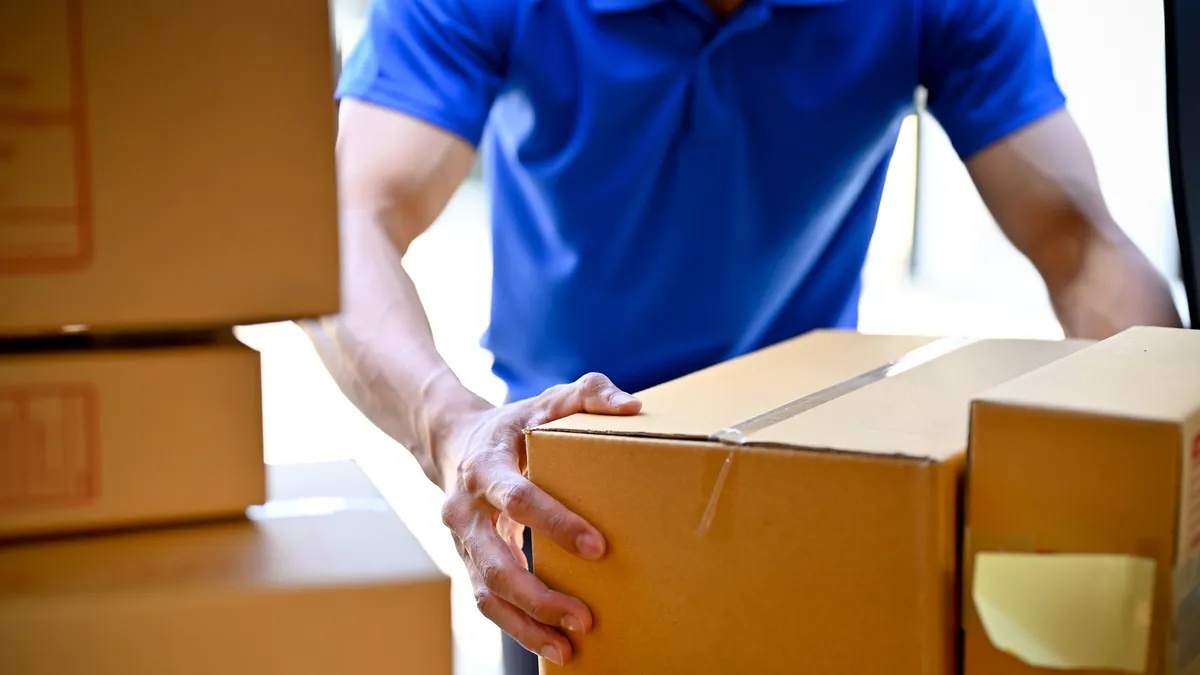Dive Brief:
- Delivery providers Point Pickup Technologies and Pickup Now announced July 25 that they have merged, a move the companies say creates a single source for nationwide, on-demand deliveries.
- Point Pickup offers same-day fulfillment and delivery services using more than 500,000 flex workers, while Pickup Now focuses on white glove delivery and assembly for larger items like furniture.
- "This merger not only expands our capabilities but also strengthens our commitment to providing our clients with a comprehensive service offering, a nationwide network of experienced flex workers, all supported by an integrated technology solution," Point Pickup President Dauvin Peterson said in a statement.
Dive Insight:
Challenging macroeconomic conditions and easing discretionary spending made it an ideal time for Pickup Now to either secure another fundraising round or find a strategic partner that could spark additional growth, CEO Brian Kava said in an interview.
Merging with Point Pickup represents the latter decision — Kava said the company is a leading provider of speedy, last-mile delivery in the retail, grocery and convenience sectors. Additionally, there is minimal customer overlap between Point Pickup and the big-and-bulky-focused Pickup Now.
"We wanted to find a strategic partner where they weren't a direct competitor," Kava said. "We didn't want to be cannibalizing the market share of either company."
The combined company can grow its overall customer base further by attracting mass merchandisers that need delivery services for a mix of different-sized items, according to Kava. Their end customers may be purchasing a couch and candles in the same order, for example, motivating those retailers to find "a one-stop shop" for on-demand deliveries.
There are no plans to introduce a rebrand or name change as a result of the merger, Kava added. While Point Pickup Technologies is the name of the combined company, the Pickup Now brand will remain intact.
"It's really about keeping it business as usual, minimizing any disruptive events and then leveraging a number of those synergies we've identified," he said.
Editor's note: This story was first published in our Logistics Weekly newsletter. Sign up here.















